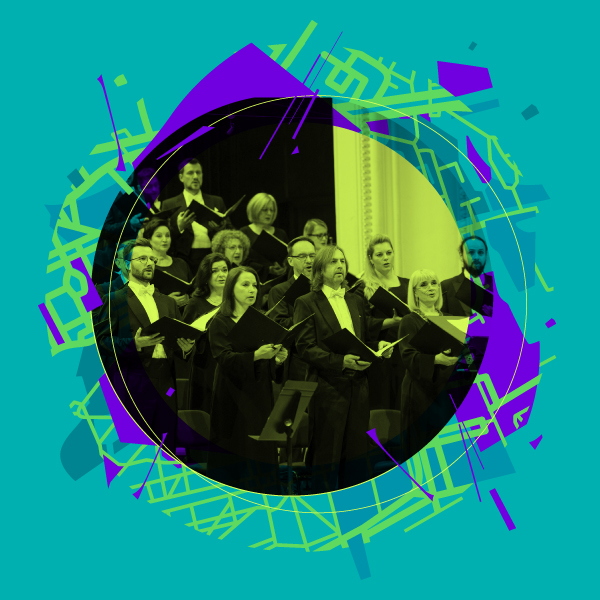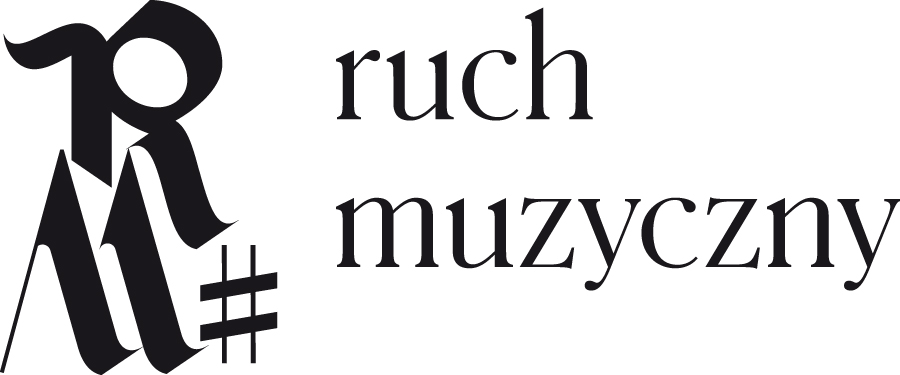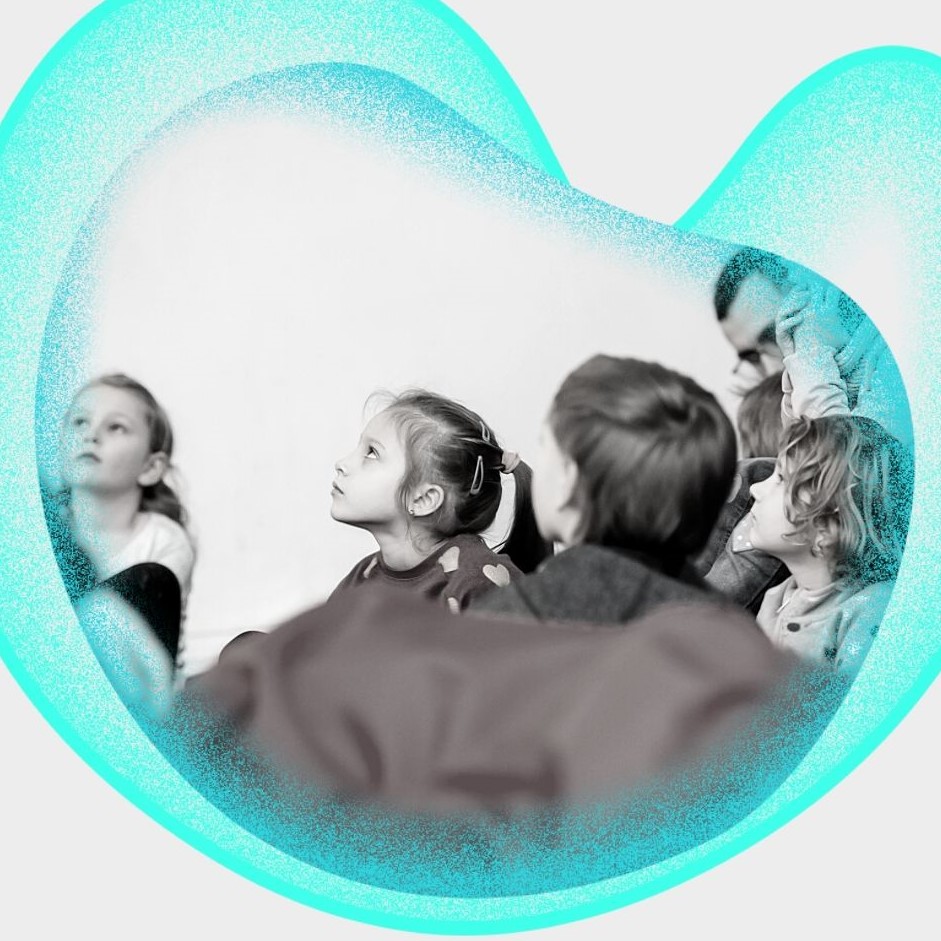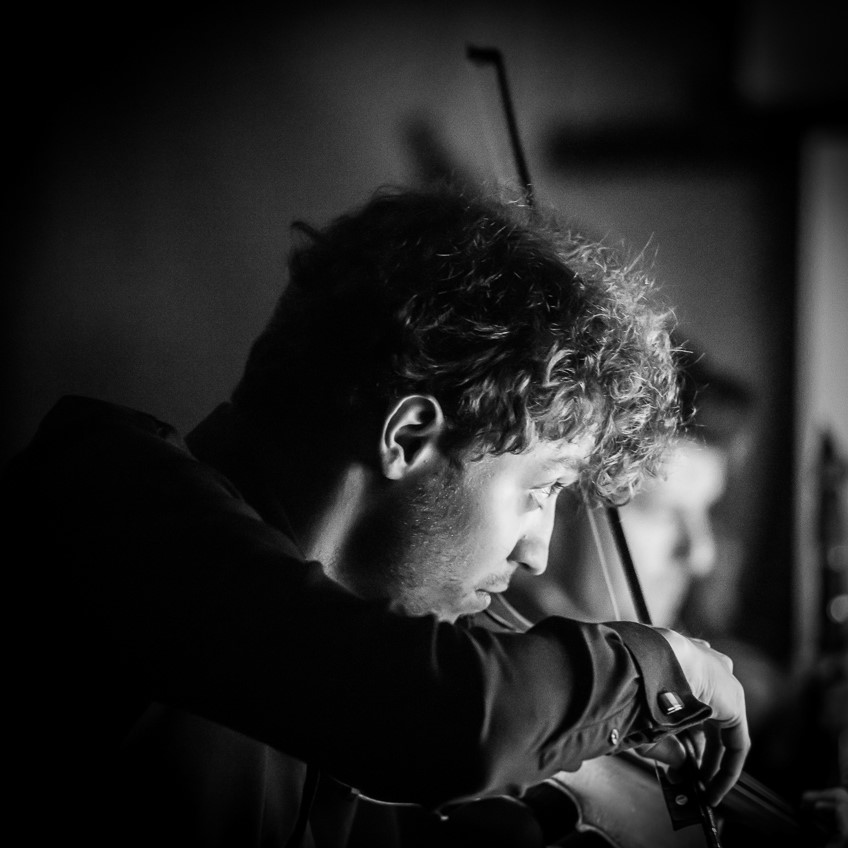Friedrich Schiller’s Ode to Joy (An die Freude) was first known in 1786 to readers of the periodical “Thalia”, dedicated to literature, history, philosophy and politics. Published on the initiative of the great poet in Leipzig, it brought together in its pages many of the outstanding writers of the era. Written a year earlier, the poem was an expression of friendship and gratitude to Christian Gottfried Körner, an influential Saxon lawyer and Freemason, at the same time a patron of the arts, who supported Schiller in fighting with adversity. Testimony to the poem’s popularity were its numerous, often humorous alterations that emerged over the years. However, after a few years, the author confessed that he had lost much of his youthful optimism and did not count it among his best works. It was only revived in 1808, after the poet’s death, in an authorial revision several years earlier.
Ludwig van Beethoven held Schiller in high regard, and we have testimonies that he became acquainted with the ode shortly after its first publication. As early as 1793, there was a plan for the young composer to musicalize the poem, but we don’t know if this happened at the time. However, a modest cantata for voice with piano Seufzer eines Ungeliebten – Gegenliebe (“Sigh of an unloved – Love requited”) has survived from that period. It can be seen as a foreshadowing of the simple and noble melody that was to become the theme of the famous vocal finale of the Symphony No. 9 in D minor, Op. 125. Before that happened, Beethoven had composed the highly original Fantasia in C minor, Op. 80, for piano, orchestra, soloists and chorus. It was to form the finale of a long benefit concert in December 1808, and was unusual in that it extravagantly combined elements of a choral cantata with a piano concerto. The vocal part literally quotes the melody of Gegenliebe with a new text by Christopf Kuffner. The premiere of the Fantasia failed spectacularly and the piece fell into oblivion for a long time, but the very idea of a “vocal finale” never left Beethoven, as did the idea of musicalizing Schiller’s verses. Probably he had not yet planned such an ending for his new symphony when a commission for two such works for the Philharmonic Society arrived from London in 1817, but sketchbooks documenting the particularly long and difficult creative process of the Ninth show that by the following year such an idea had already surfaced. However, the composer had many doubts, and the final decision to include vocal means was concretized in the final phase of the work’s composition.
Beethoven worked on it mainly during a summer sojourn in Baden near Vienna between 1821 and 1823, and was completed in 1824. The premiere of the monumental symphony, rich in formal and cast innovations, on May 7, 1824 at the Theater am Kärntnertor was received with enthusiasm, and the success was soon repeated on other European stages. The audience’s delight was not always shared by critics, overwhelmed by the enormity of the premise and the scale of the innovations that shattered previous genre norms. The concept of the cantata finale was also controversial, and there was no shortage of voices declaring it downright pretentious. However, similar doubts accompanied many of Beethoven’s premieres – the late sonatas and quartets were criticized for their extravagance, the Third and Fifth as well, and not everyone was impressed by the programmatic nature of the Sixth…. The fame of the last of the symphonies (only preliminary sketches of the planned Tenth have survived) was to grow in subsequent generations – like many of Beethoven’s other works, it was also worshipped by the Romantics, and the vocal finale provided an opportunity for a multitude of choirs to show off, as the work makes great demands on singers, sparing no very high pitches and forcible dynamics.
Schiller’s ode, full of pathos and optimism, lived to see many musical adaptations (Beethoven was preceded by Zelter, Reichardt, Zumsteeg, Schubert, among others; later it was rendered by Mascagni in an Italian translation, and by Tchaikovsky in a Russian one), but only the one by the last of the classics gained great fame, popularity and recognition. It also began to take on a life of its own over time – it has been debated whether the poet’s original intention was not the title An die Freiheit (“To Freedom”). Sometimes, therefore, the word “joy” was replaced with “freedom” in performances – Leonard Bernstein did so during a memorable concert on Christmas Day 1989 after the fall of the Berlin Wall. A huge international ensemble performed then the Ninth at Berlin’s historic Schauspielhaus, and crowds also listened to the broadcast on Gendarmenmarkt Square at the Schiller Monument…. Freedom – rather than joy – was also celebrated during the Ukrainian Freedom Orchestra’s performances of the Ninth as part of its tour of Europe and the United States in July and August 2023, when Schiller’s words resonated in Ukrainian translation.
The idea of universal brotherhood – “Alle Menschen werden Brüder” (“All men will become brothers”) – was always close to the composer’s heart. And although the words “Rettung von Tirannenketten” (“Rescue from the chains of tyrants”) removed by Schiller a few years before his death, were not elaborated by the composer, we know that he carried a strong love of freedom and opposition to tyranny. Numerous accounts about him, letters, as well as works – such as Egmont, Coriolanus, Fidelio… – bear witness to this. Beethoven’s Ode has thus been performed in various versions as a stand-alone work – a song praising a universal, humanitarian and equalitarian message. It resounds during joyous celebrations (for example, as the opening anthem of the UEFA European Football Championship), as well as in dramatic moments, serving as a sign of unity and solidarity in the face of evil. It was listened to with this intention during demonstrations against the repression of the Pinochet regime in Chile or in Beijing’s Tiananmen just before the massacre of protesting students. The music of the Ode has also been an official anthem of the European Union since 1985, and before that – since 1972 – as the anthem of the Council of Europe. The idea of using it in this way was proposed as early as 1955 by one of the authors of the concept of unifying the continent, Richard Coudenhove-Kalergi. At the time, however, the text aroused controversy – not its message, but the question of language choice, for it was felt that neither the German original nor any of the translations should constitute a “canonical” version, and that using translations into all the languages of the community would be very difficult. It was therefore decided that the instrumental version of the Ode, which “expresses the European ideals of freedom, peace and solidarity in the universal language of music,” would remain the anthem, and Herbert von Karajan was entrusted with preparing it for this role. It has since become one of the EU’s symbols, along with the circle of golden stars on the blue flag and the motto “United in diversity.”
– Piotr Maculewicz














